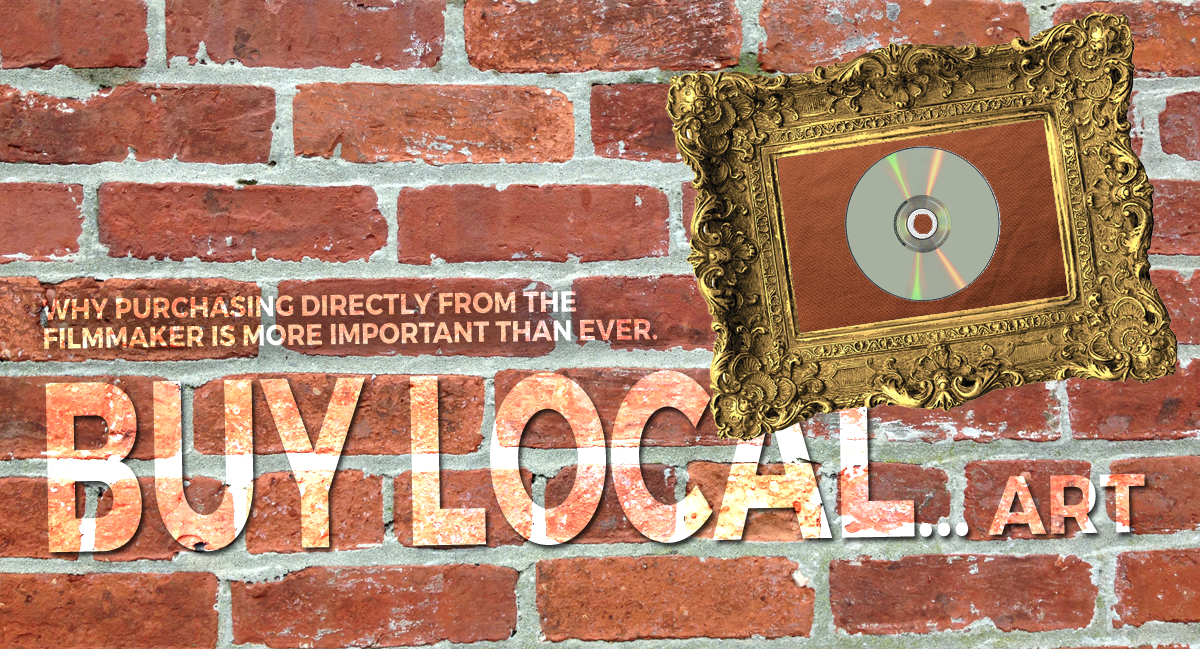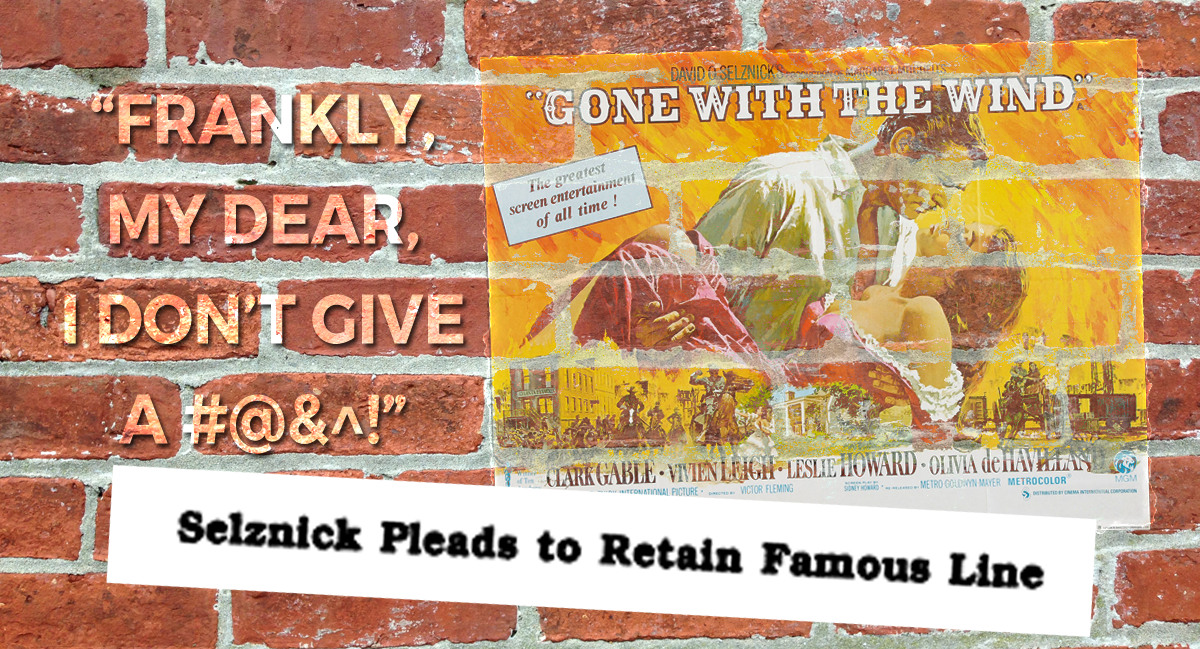Within each of us resides a desire to create and a hunger to consume… a passion to contribute, yet an appetite to devour. Unfortunately for most of us, it’s much easier to sit idle and watch a film than it is to step up and make a film. It’s much easier to read words from a printed page than it is to write words on a blank page. It’s much easier close our eyes and listen to music than it is to open our souls and create the music within us. And therein lies the problem. The hunger to consume often chews up our desire to create. Our passion to contribute is often swallowed by our appetite to devour.
And yet what is it that we devour? What is it that we consume? It is the labor, the sweat, the tears, and the struggles of others who have stepped up and made the film or have written the words on the blank page or have opened their souls and released the music within. We consume and devour the very art that others have created and contributed. And not always, but every once in a blue moon, we consume and devour a piece of art that stirs our souls. We watch a film that inspires us or we read a book that compels us or we hear a piece of music that lifts us to the point that nothing can stop our desire to create and our passion to contribute. We have to make that movie. We have to write that book. We have to record that song.
And this my friends, is culture—the never ending cycle of creation and consumption, of contributing and devouring. It’s not just art… it’s us. It’s not just who we are… it’s why we are. We have been created in order to create. We have been given gifts in order to contribute. So what’s your excuse? I’m too tired, I’m too busy, I’m too… what is it? What’s your excuse?
Now pay attention because this is a test… In the wee hours of the morning a light turns on and an 83 year old grandmother enters her kitchen and begins preparing the meal of the year; the meal where the entire family will gather around and offer thanks; the meal we traditionally call Thanksgiving. She preps the turkey (which actually started thawing in her sink two days ago). She stuffs it with stuffing stuff and she bakes it in the oven for the bulk of the day. She makes the cranberry relish, the sweet potatoes, the mashed potatoes, the beans of green, and the pumpkin, apple, and cherry pies. While those are all baking she sets the table with her best linen table cloth, her finest china, and her mother’s mother’s silverware. The stem glasses are filled with water, tea, and wine. The turkey is carved. The candles are lit. The crowd has arrived. Within minutes thanks has been offered, every belly is full, and most all of the food has been consumed. It’s all done. Some things take hours, days, weeks, or years to prepare, but only moments to consume.
Now for the test. Where did our Thanksgiving story begin? How did it start? “In the wee hours of the morning a light turned on”… And that’s how it is with every creation… a light turns on… In our heads, in our rooms, in the morning, at night, in the car, on a walk, when you least expect it… a light turns on. We see the idea for the film, the novel, the song… and it starts to glow and it starts to grow and it starts to… consume us! We the creators become consumed with the act of creating the piece that will one day be consumed by the consumers. And the cycle continues… create, consume… contribute, devour… create, consume… contribute, devour… create, consume… contribute, devour… it doesn’t ever stop and it won’t stop and it can’t stop. As long as we are here. As long as we as created beings contain within us a spark left over from the act of creation itself. It cannot stop.
Now you have a choice. That spark of creation that resides in your soul can be fanned into flame giving you a burning desire to create… or you can take a bucket of your excuses and pour them on that spark and watch as it’s red glow becomes… darkness. The choice is yours. Will you merely, like the vast majority of your peers, be content to consume and devour the creations of others? Or will that ember within you become a fire of creation itself?
As you leave here today you will make your choice. It’s rather simple really, you will either create or you won’t. But choose wisely please, because this thing we call culture that all of us breathe will be directly affected by your decision.

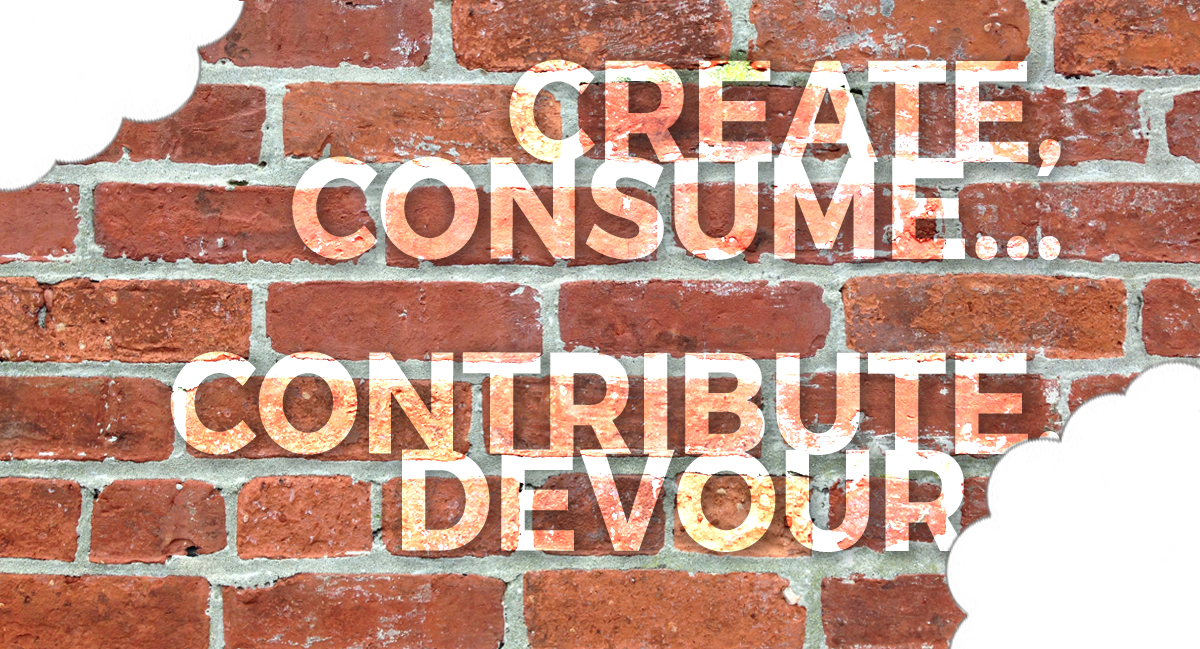
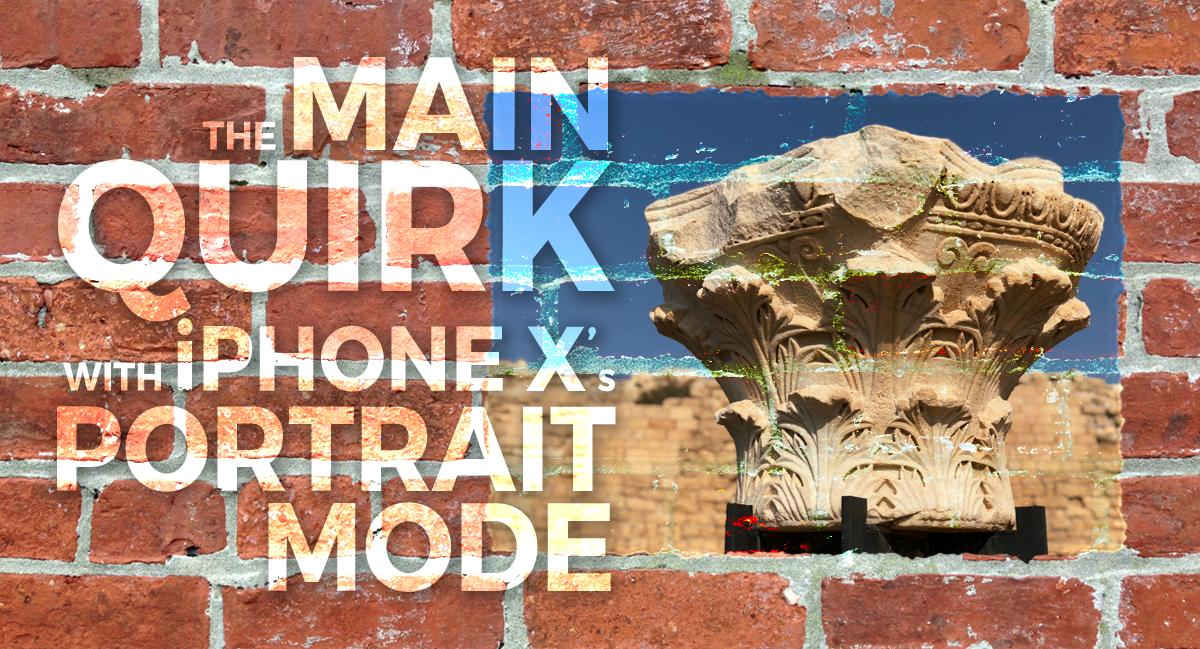
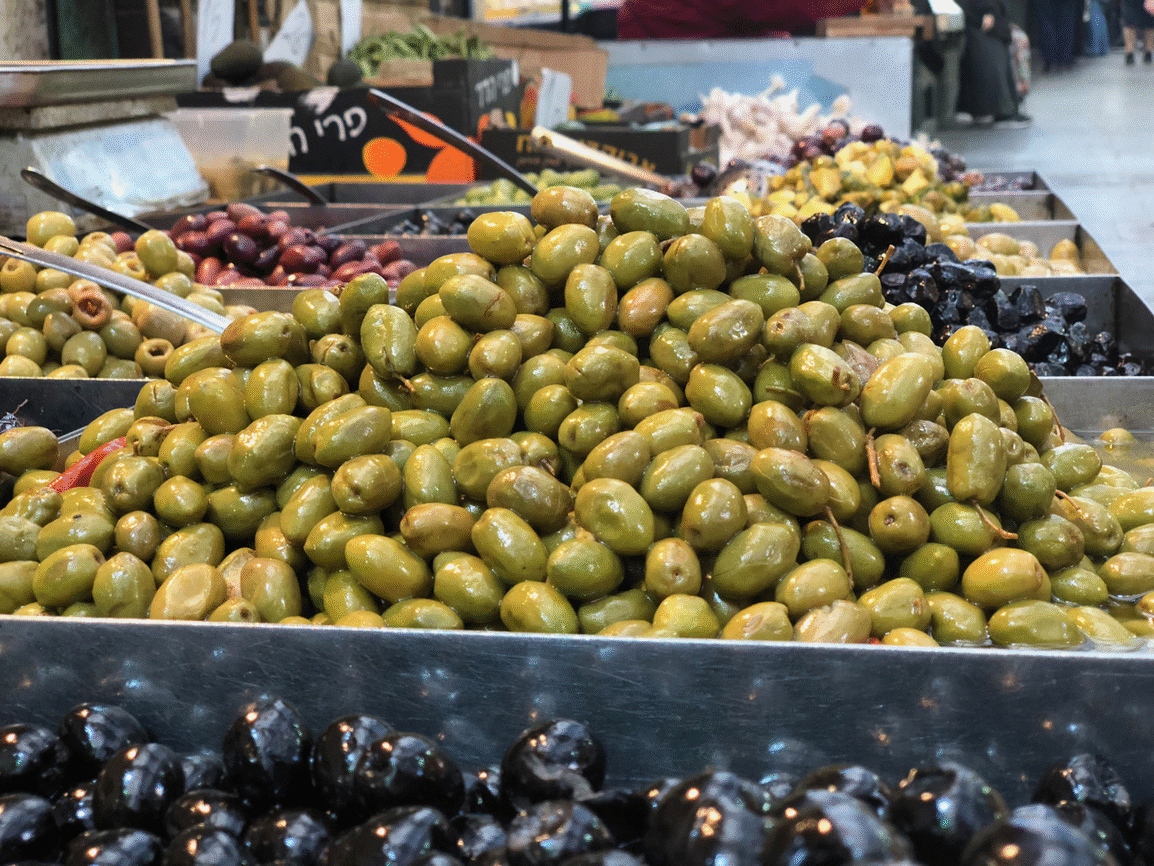
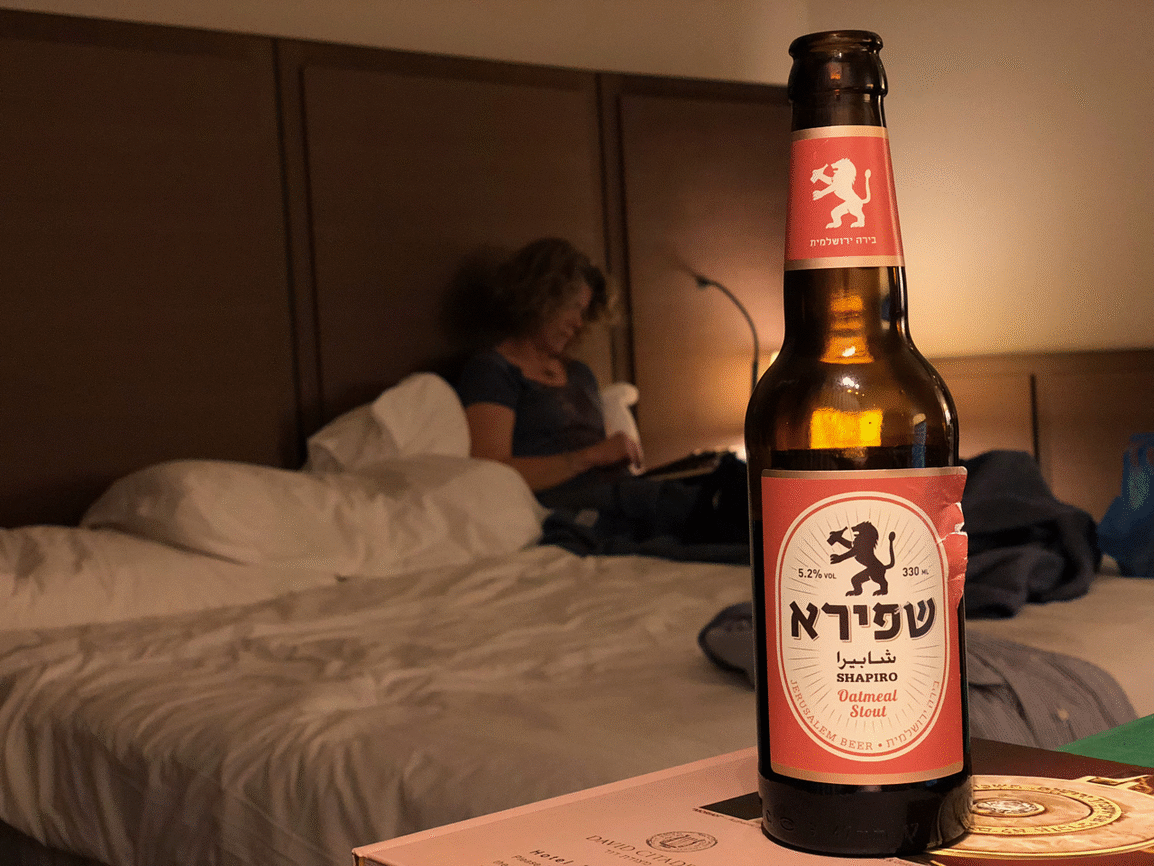
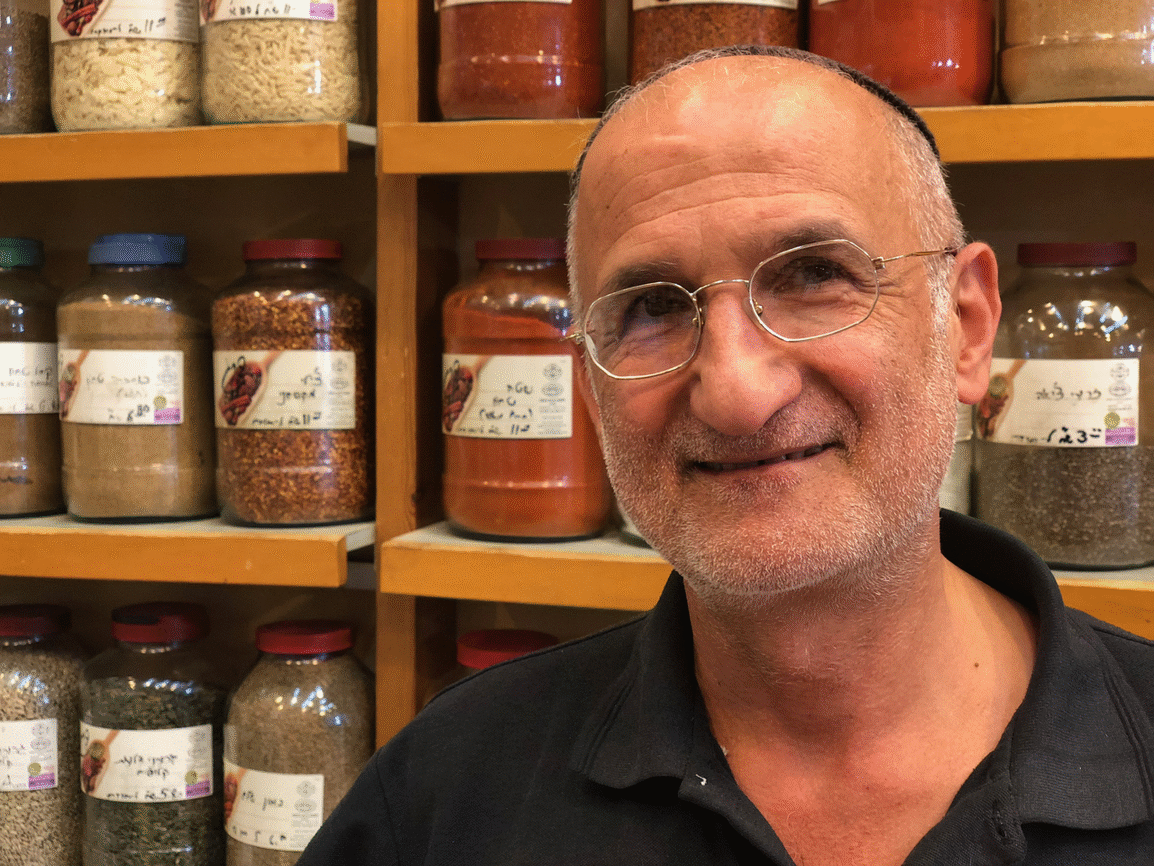
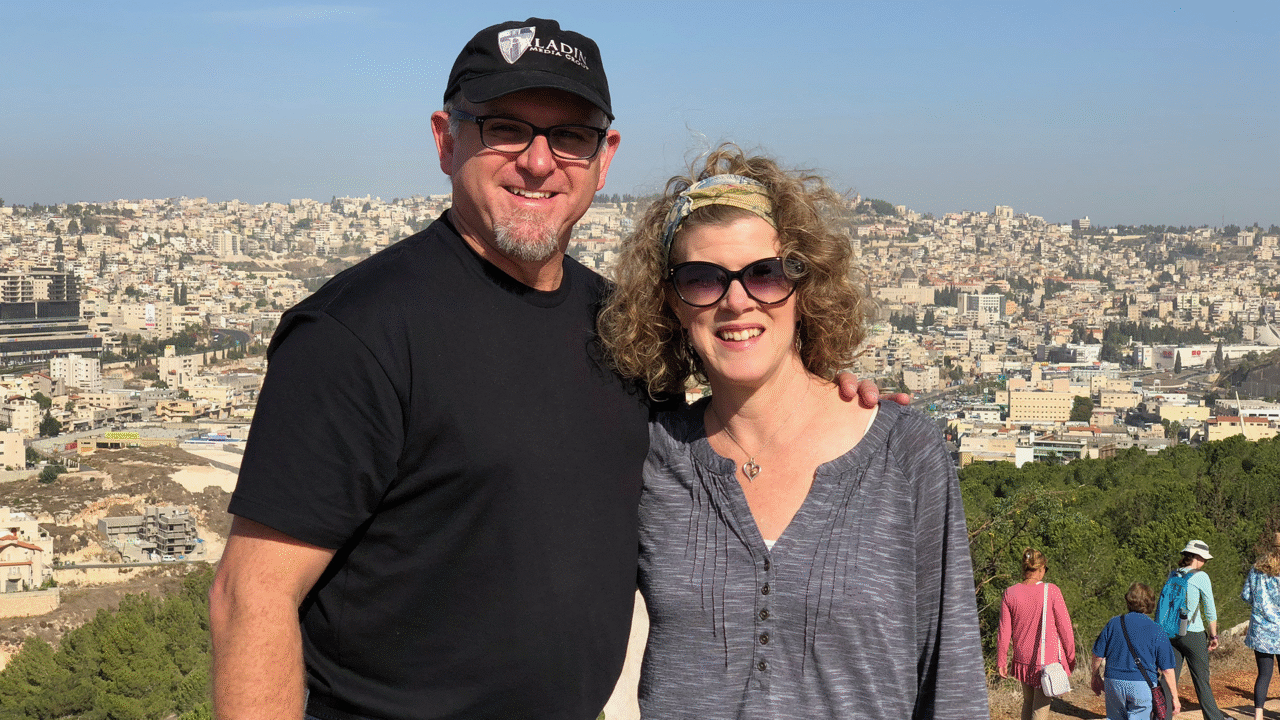

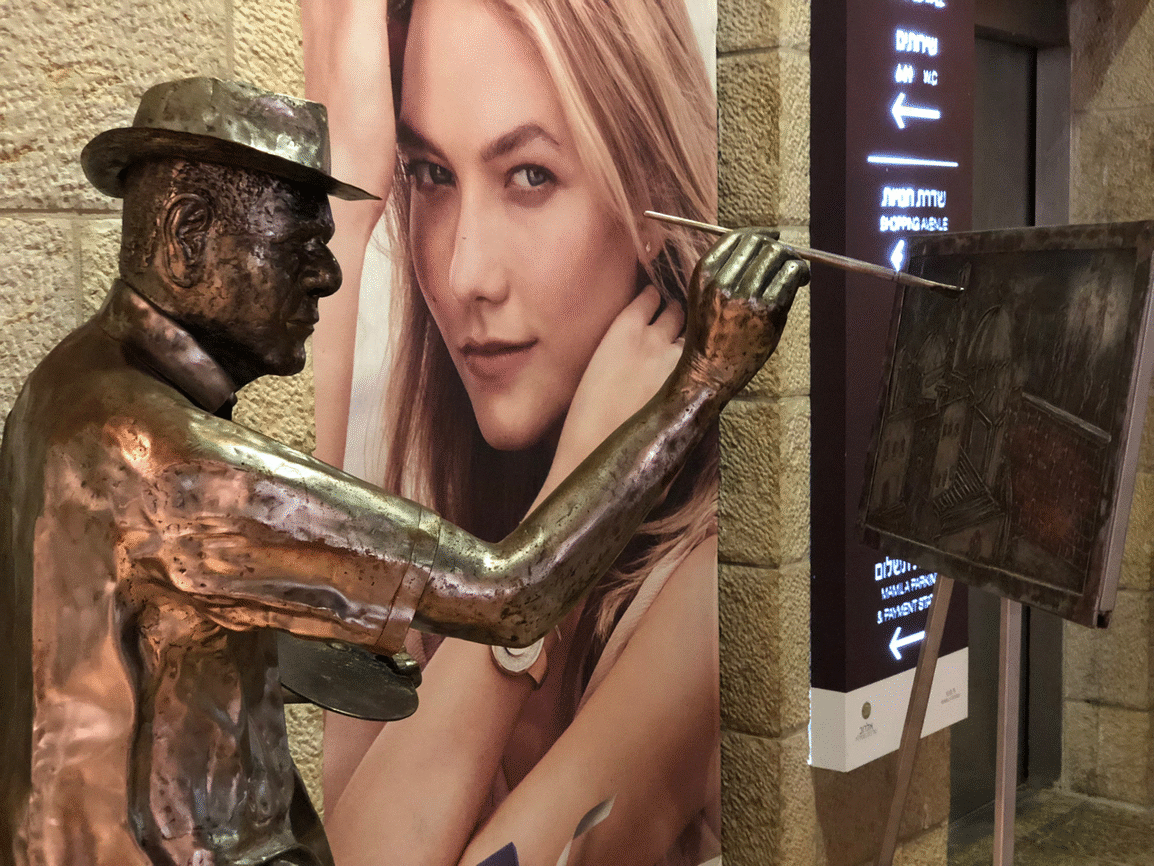
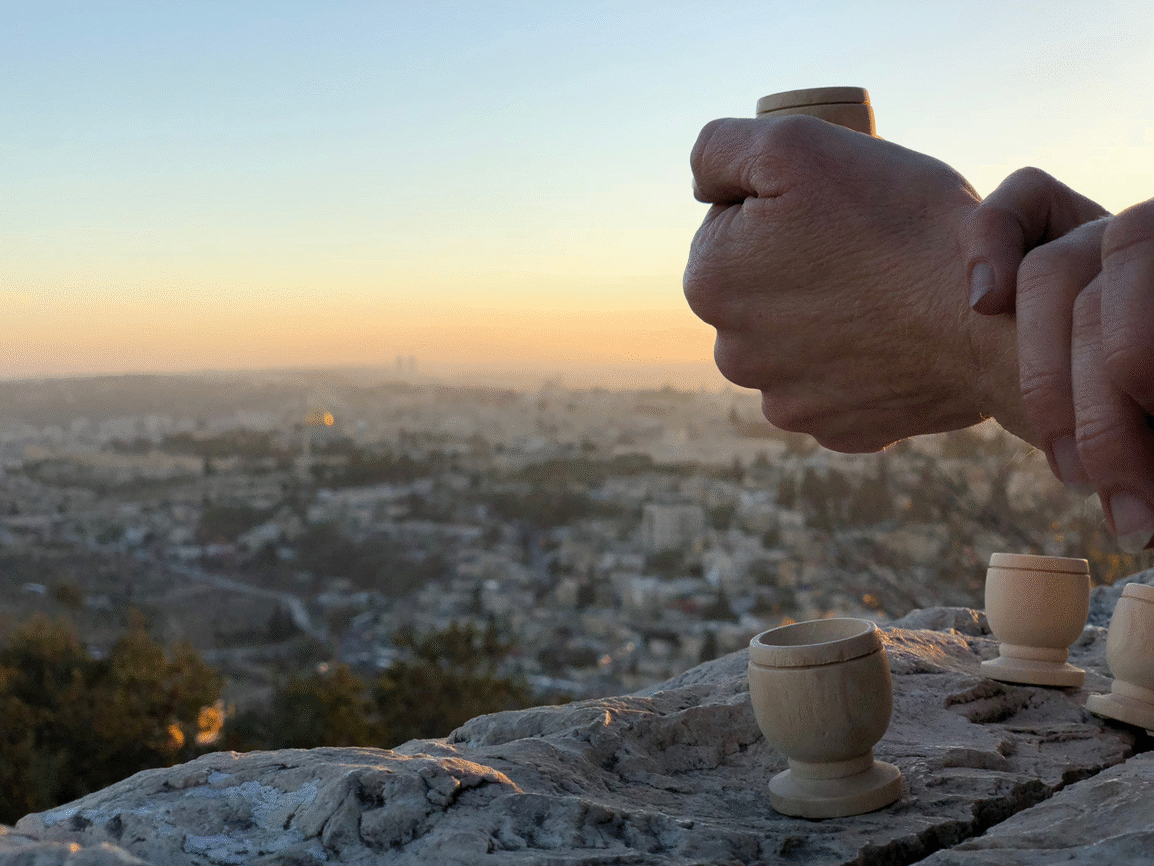
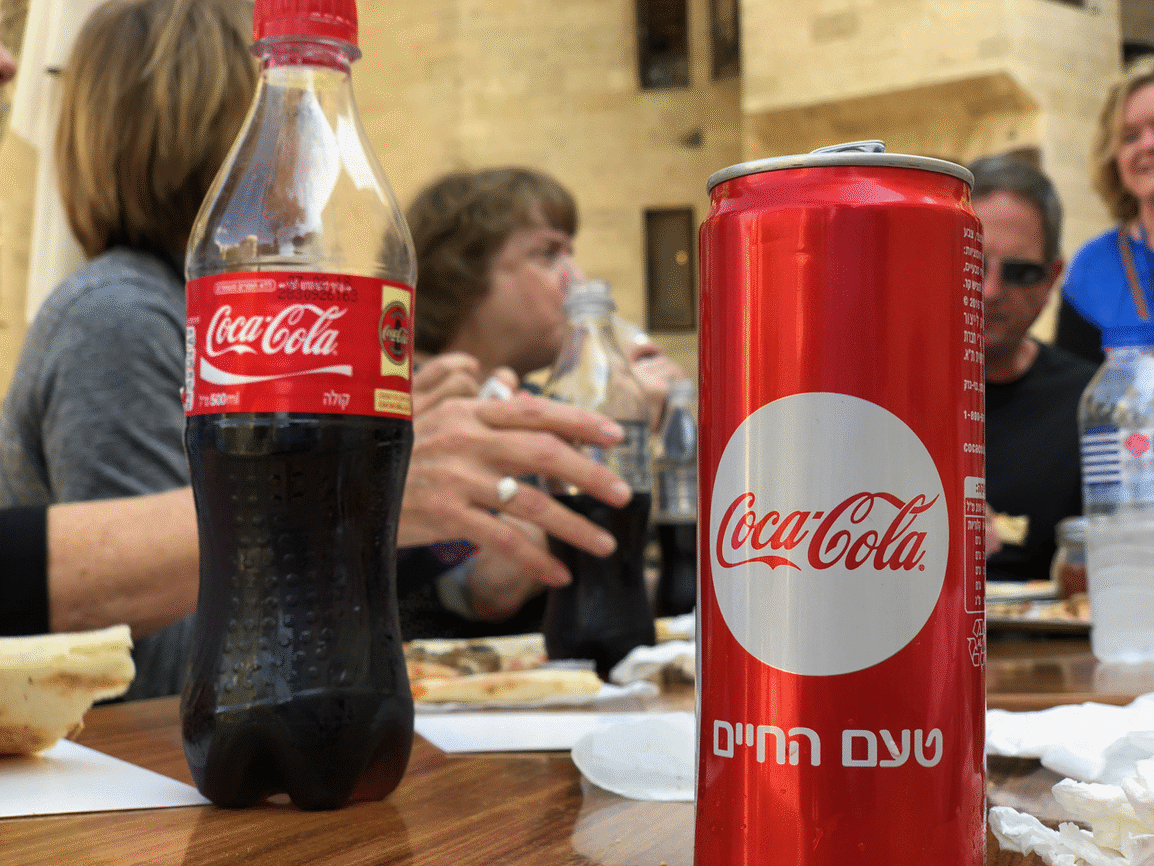
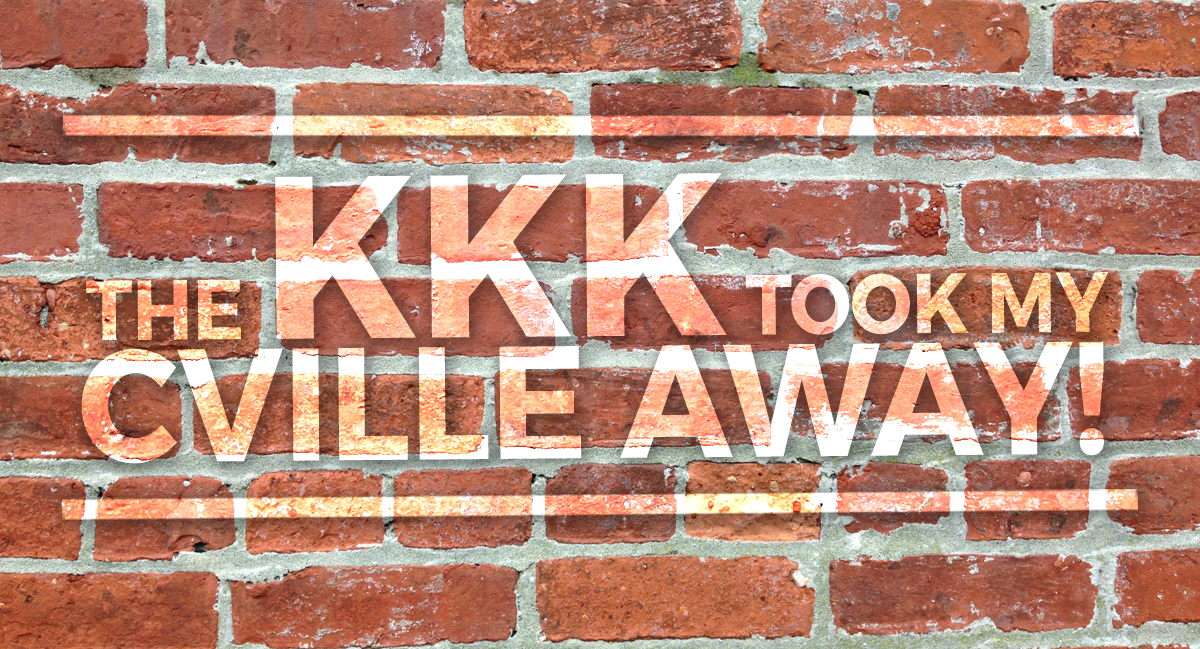
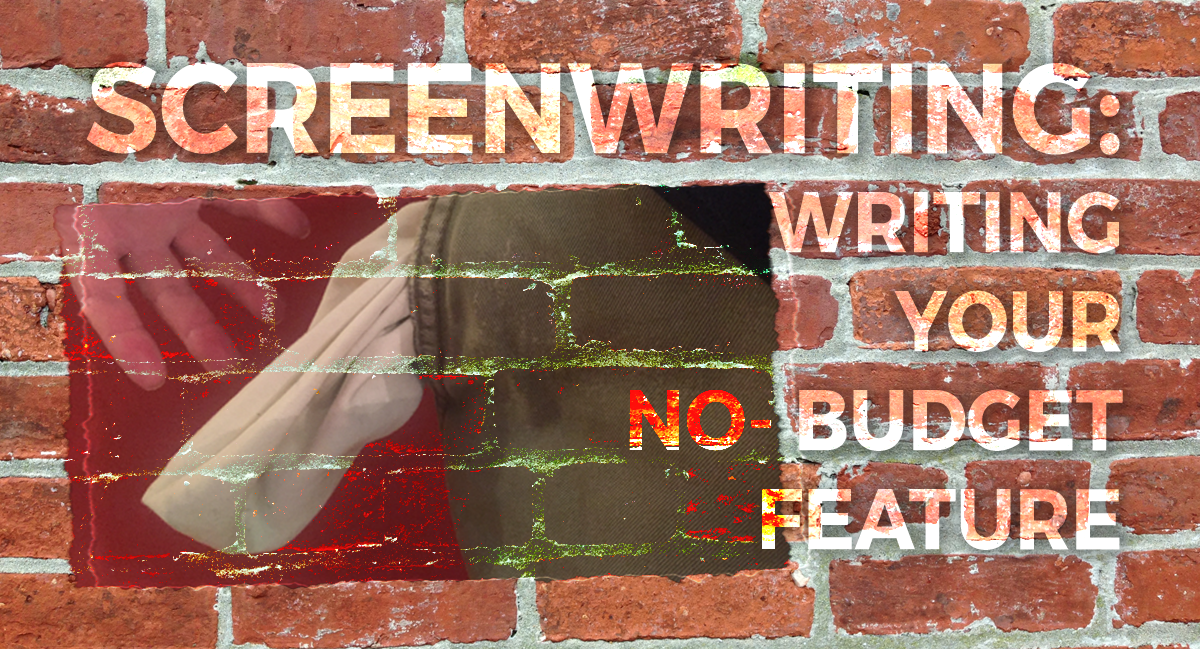
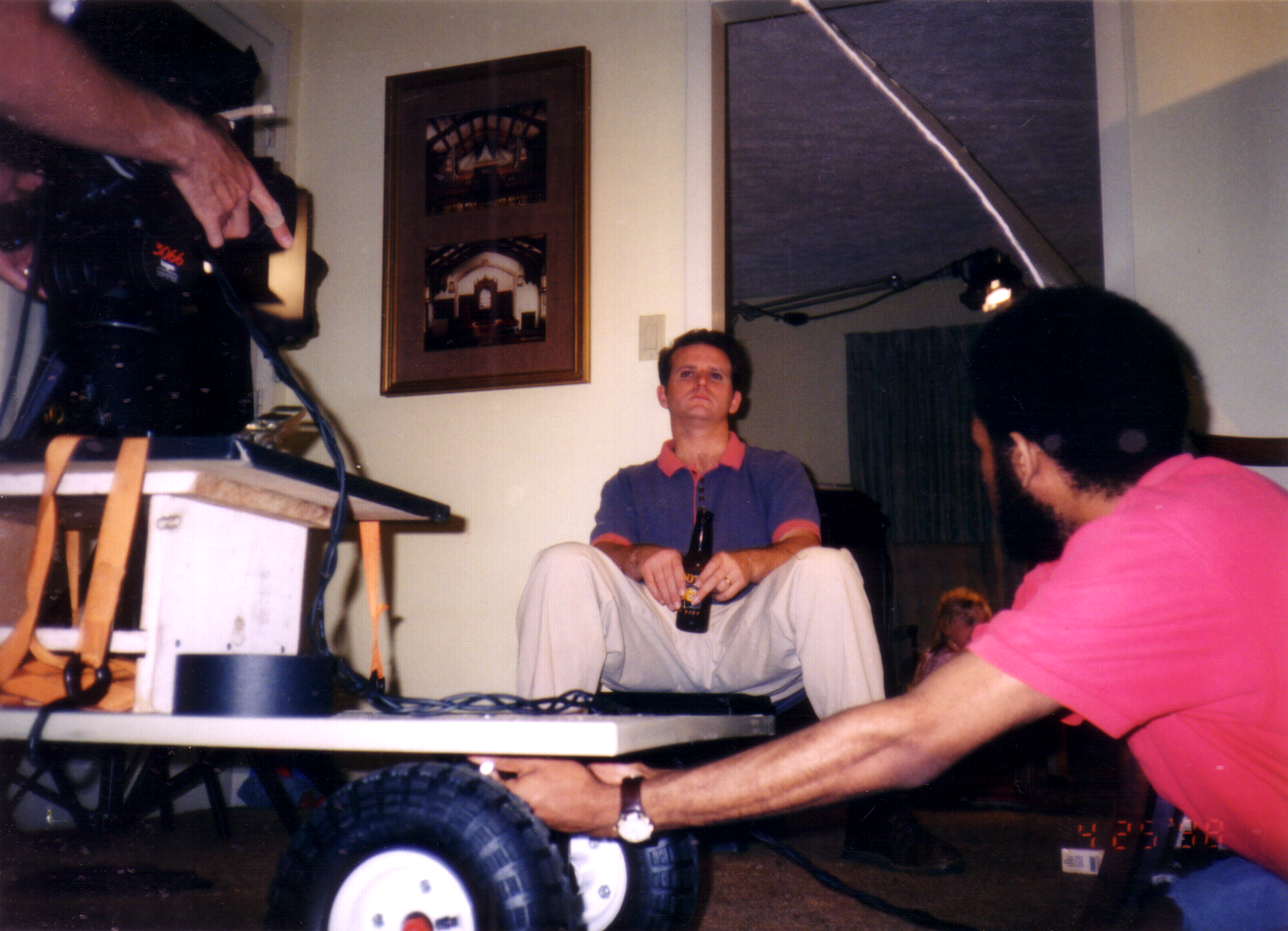
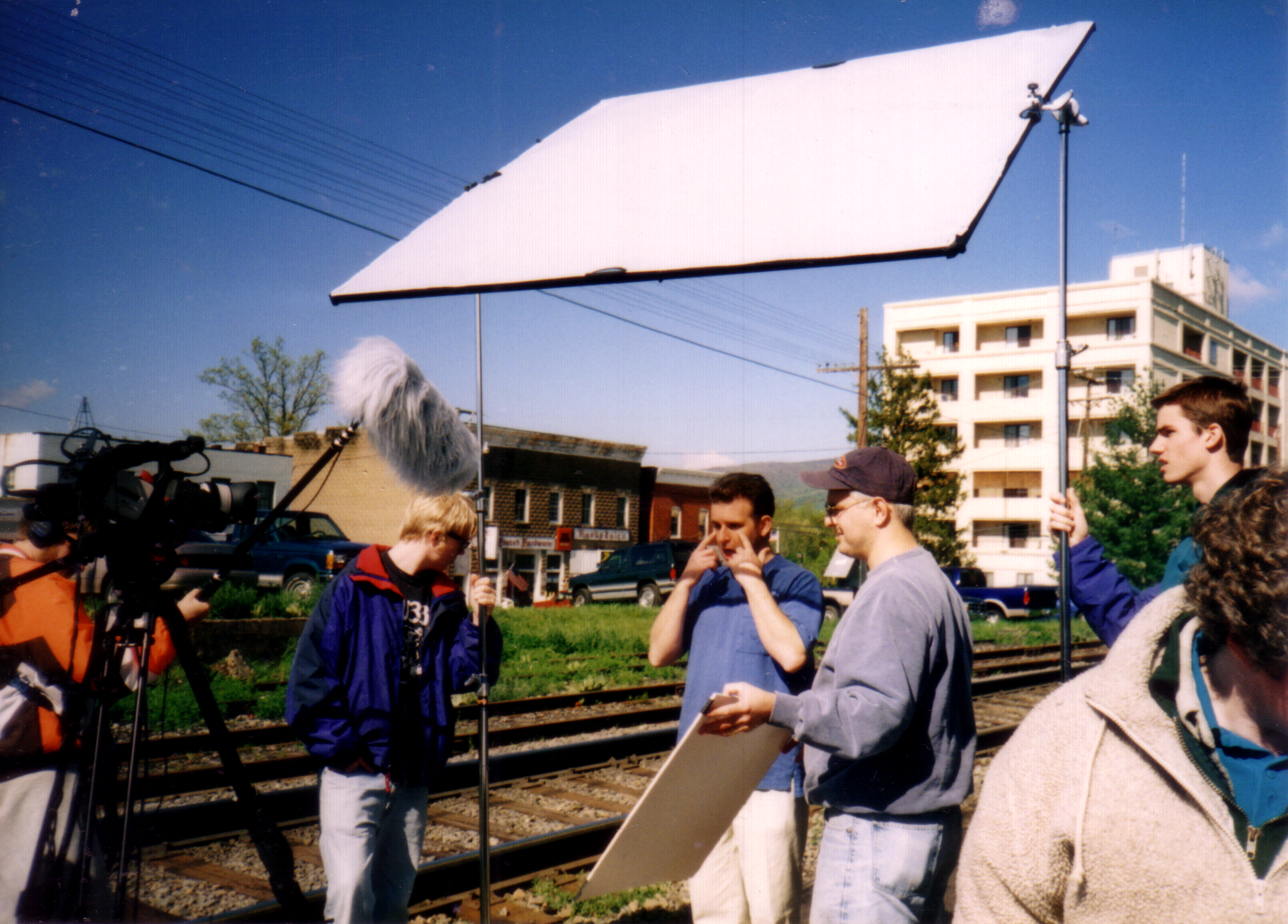
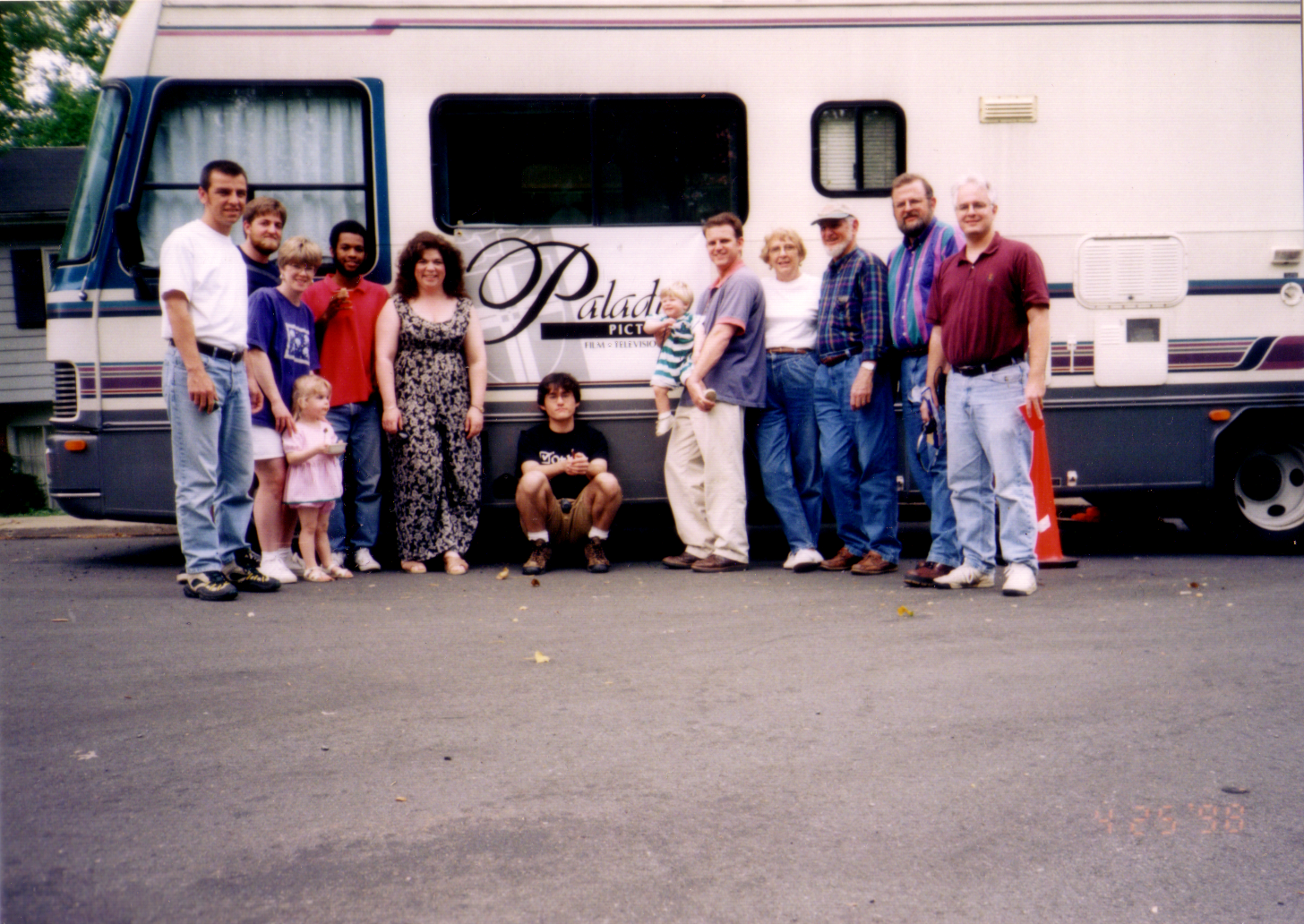
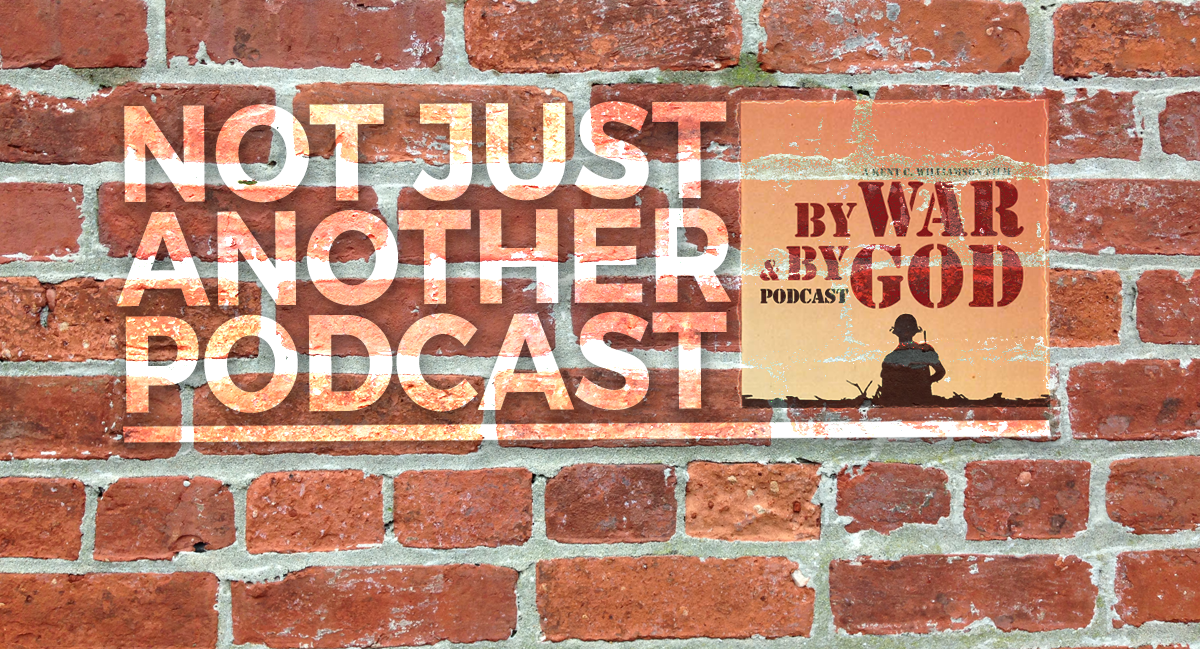
![From 2003 to 2016: The Astounding Growth of Podcasting [Infographic] From 2003 to 2016: The Astounding Growth of Podcasting [Infographic]](http://netdna.copyblogger.com/images/650/copyblogger-growth-of-podcasting-infographic.png)
